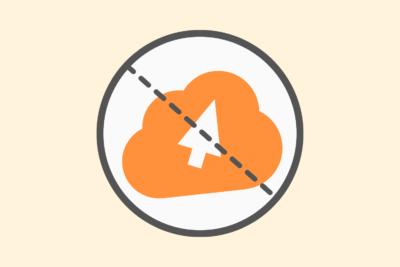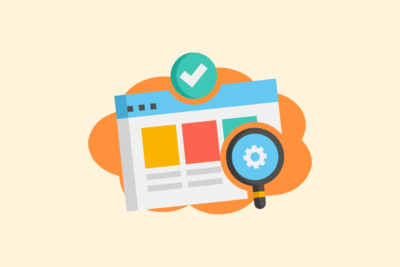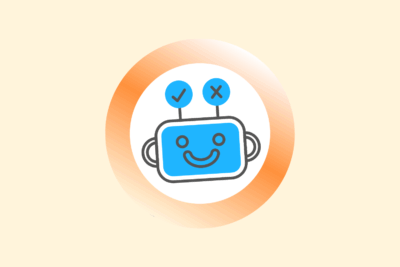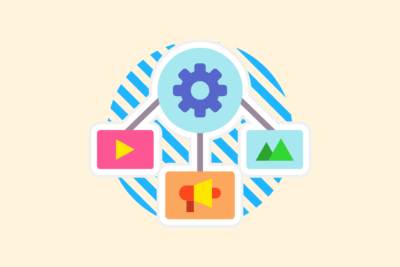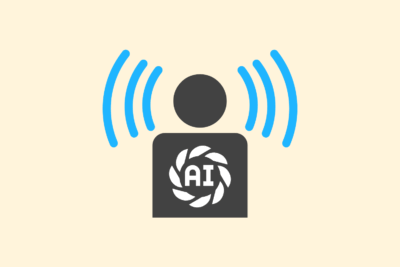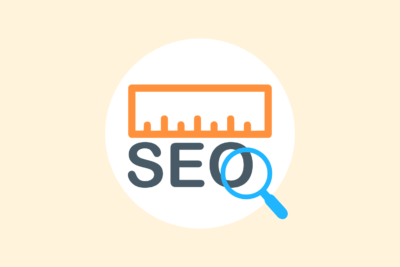Logfile analysis in the age of AI bots: which crawlers still count?
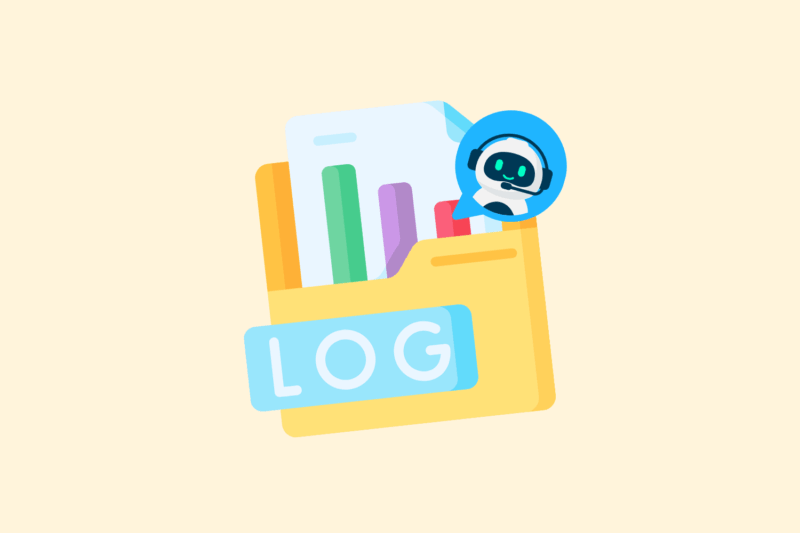
A logfile analysis is one of the most direct and reliable methods of finding out how crawlers actually approach your website. In the classic SEO era, this mainly revolved around Googlebot. As AI systems evaluate content in an increasingly active way, the way your page is crawled is also changing.
The question is no longer whether AI crawlbots pass by, but which crawlers are still really relevant. We also examine how you interpret their behavior.
What does a log file show?
A log file records every server request and then stores your IP address, user-agent, time of day and path requested. For SEO purposes, look further into which bots are requesting which pages. Investigate how frequent crawls per agent occur and whether certain pages are unintentionally not visited.
Understanding these patterns is essential to optimize your crawl budget, indexing and technical accessibility, but it is also to understand AI crawlers.
The rise of new crawlers
In addition to Googlebot and Bingbot, a growing number of AI-related crawlers appear in log files. These crawlers collect data to train language models or to provide real-time answers. I’ll give you a few relevant examples:
1. Google-Extended
This is a system that retrieves content for use in Google’s generative AI systems, such as Gemini. This crawler is separate from Google’s traditional search index.
2. GPTBot
GPTBot is used not only for writing texts and answering all kinds of questions, but also for training purposes of OpenAI’s models, such as ChatGPT. If you allow crawling by GPTBot, your content can only be included in future versions of ChatGPT. (1)
3. PerplexityBot, ClaudeBot and Amazonbot.
These are new players in the AI playing field. These bots are made for information retrieval, FAQs and assistant functionality. They access sites regularly and on a large scale.
These AI crawlers behave differently than search engine bots. They often view other types of content (such as PDFs, long-form guides or datasets) and pay less attention to canonical tags or crawl-delay instructions.
Note that crawl-delay compliance varies by bot; if overloaded, you can throttle traffic on IP range or temporarily block it with a WAF rule.
With these bots, always check the user-agent and IP range; they respect robots.txt, but verifying them prevents misclassifications. (2)
Getting started with SEO? Feel free to get in touch.

What does still count in crawl behavior?
With the shift toward AI bots, the value of logfile analysis is also shifting. Important signals include whether AI bots are picking up your semantically strong pages and whether crawler behavior matches pages that generate inclusion in search results. Also investigate whether your structured data is effectively picked up by bots building AI answers
Where previously the crawl budget was central, now it’s all about recognition and snippet processing. Give yourself answers to the question: is your content recognized as a relevant input source for answers?
Practical steps in your log file analysis
To extract relevant insights from modern log files, focus on:
- User-agent filtering
Make sure your tools recognize and group crawlers correctly. Add new agents manually to your analytics platform as needed. - IP validation for questionable bots
Some AI chatbots are spoofed (impersonating another bot or browser) or incompletely identified. When in doubt, verify the IP address and origin. (3) - Compare crawl frequency with visibility in generated responses
Analyze whether there is correlation between AI crawls and visibility in generated responses. This provides insight into which bots are really making an impact.
If you deploy logfile analysis at the right times, you have a head start on understanding AI content distribution.
How do I send AI bots to the right resources?
At a B2B client, I noticed in the logs that the bots used (GPTBot and PerplexityBot) mostly visited HTML and thus missed PDF guides. I put the PDFs in a separate /resources sitemap and added robot tags like index,follow + file names with subject.
Within four weeks, the number of unique hits from AI bots on this client’s resources increased by 180%. We saw the first citations in generated responses to product-related queries.
Summary
Logfile analysis remains a crucial pillar in technical SEO. The focus is shifting from indexing by Googlebot to interpretation and indexing by AI bots. Systems such as GPTBot, PerplexityBot and Google-Extended are determining your presence in AI-driven interfaces. By actively monitoring your log files and analyzing these new crawlers, you are steering targeted for inclusion of your content in AI-generated search engine responses.
| # | Source | Publication | Retrieved | Source last verified | Source URL |
|---|---|---|---|---|---|
| 1 | What is ChatGPT? (+ what you can use it for) (Semrush Blog) | 05/11/2024 | 05/11/2024 | 05/11/2025 | https://www.semrush.com/.. |
| 2 | The Beginner’s Guide to Technical SEO (SEO Blog By Ahrefs) | 01/09/2025 | 01/09/2025 | 12/11/2025 | https://ahrefs.com/blog/.. |
| 3 | Googlebot and Other Google Crawler Verification | Google Search Central | Documentation | Google for Developers. (z.d.) (Google For Developers) | 06/03/2025 | 06/03/2025 | 26/11/2025 | https://developers.googl.. |
- Salsi, H., Hanna, C., Fogg, S., & Scheumann, S. (05/11/2024). What is ChatGPT? (+ what you can use it for). Semrush Blog. Retrieved 05/11/2024, from https://www.semrush.com/blog/what-is-chatgpt/
- Stox, P. (01/09/2025). The Beginner’s Guide to Technical SEO. SEO Blog By Ahrefs. Retrieved 01/09/2025, from https://ahrefs.com/blog/technical-seo/
- (06/03/2025). Googlebot and Other Google Crawler Verification | Google Search Central | Documentation | Google for Developers. (z.d.). Google For Developers. Retrieved 06/03/2025, from https://developers.google.com/search/docs/crawling-indexing/verifying-googlebot

